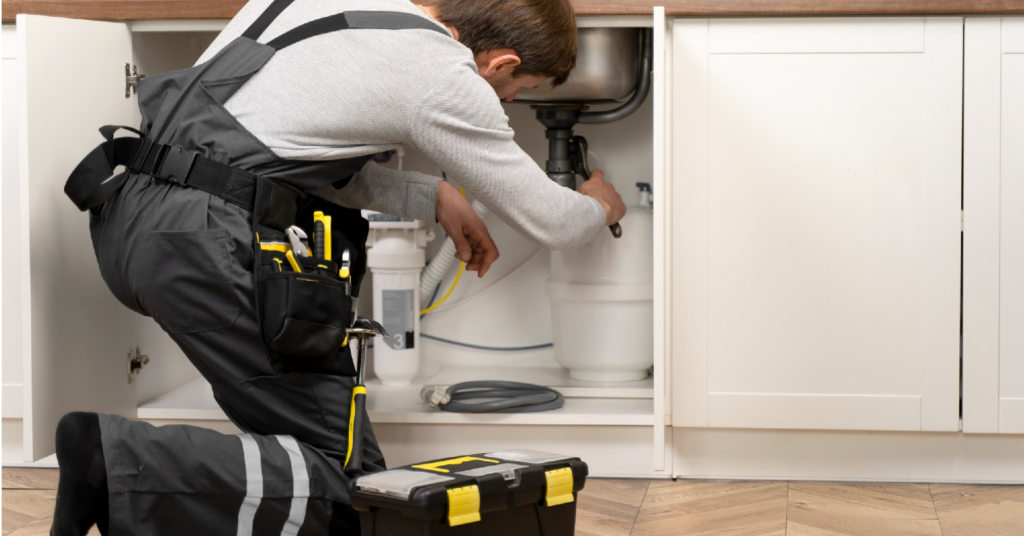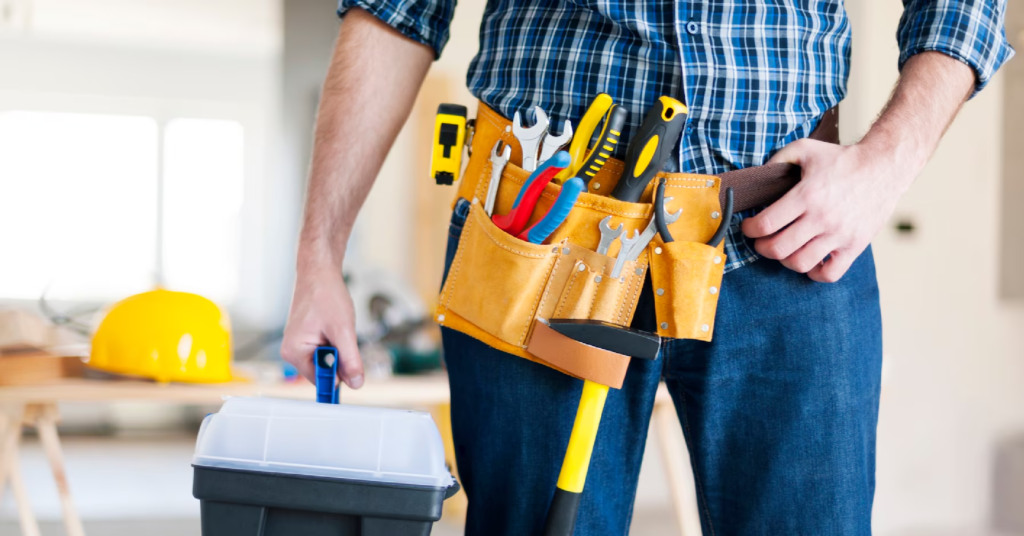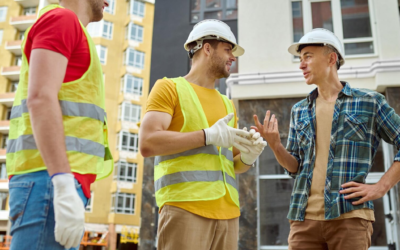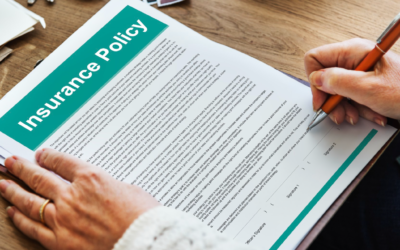Ensuring safety within condo associations is paramount to the well-being of residents. In this article, we’ll explore the importance of prioritizing safety, identifying common maintenance concerns, and addressing them promptly to create a secure living environment for all.
Conduct Safety Inspections
Regular safety inspections stand as a cornerstone in maintaining the well-being of any residential community. These inspections serve as proactive measures to identify maintenance concerns and potential hazards, ensuring the safety and security of residents and visitors alike.
Homeowners are encouraged to prioritize scheduling comprehensive safety inspections for both common areas and building structures.
These inspections should encompass various aspects, including but not limited to:
- Structural Integrity: Assessing the condition of buildings, walkways, staircases, and other structures to detect wear, deterioration, or structural instability.
- Fire Safety: Reviewing fire alarm systems, smoke detectors, fire extinguishers, and emergency exits to ensure compliance with safety standards and readiness for emergencies.
- Electrical Systems: Inspecting electrical wiring, outlets, and appliances for any signs of damage or potential fire hazards.
- Plumbing and Water Systems: Checking for leaks, water damage, and proper functioning of plumbing fixtures to prevent water-related issues and mold growth.
- Security Measures: Evaluating the effectiveness of security cameras, lighting, gates, and access control systems to deter unauthorized access and enhance resident safety.
Conducting these inspections regularly helps homeowners identify issues early on, allowing for timely repairs and maintenance to mitigate risks effectively.
Additionally, proactive safety measures contribute to the overall well-being and satisfaction of residents, creating a sense of security and peace of mind within the community.
Identify Common Maintenance Concerns

In condominium associations, common maintenance concerns such as faulty wiring, structural damage, or inadequate security measures can pose significant safety risks to residents. Homeowners play a crucial role in maintaining a safe living environment by remaining vigilant and promptly reporting any maintenance issues to their HOA boards.
From electrical problems that could lead to fires to structural issues that compromise the integrity of buildings, these concerns must be addressed proactively to mitigate risks and ensure the well-being of all residents. By fostering a culture of awareness and accountability, homeowners can work collaboratively with their HOA boards to identify and resolve maintenance issues on time, safeguarding the community’s safety and security.
Establish Safety Protocols
In addition to identifying maintenance concerns, establishing safety protocols and procedures is paramount for effectively addressing emergencies and maintaining a safe living environment within condominium associations. Homeowners should work with their HOA boards to develop comprehensive emergency response plans and communicate safety protocols to all residents.
These protocols should outline procedures for various emergencies, including fires, natural disasters, and security breaches, ensuring that residents know how to respond swiftly and appropriately in any situation.
By proactively establishing safety measures and fostering a culture of preparedness, condominium associations can enhance resident safety, minimize risks, and create a sense of security within the community.
Prioritize Preventative Maintenance
In condominium associations, prioritizing preventative maintenance measures is paramount for maintaining a safe and secure living environment for all residents. By implementing a proactive maintenance schedule, associations can identify and address potential safety issues before they escalate, minimizing risks and ensuring the longevity of community assets.
Preventative maintenance encompasses a range of tasks, including regular inspections, routine repairs, and proactive replacements of key systems and components. This approach helps identify and mitigate issues such as faulty wiring, plumbing leaks, or structural weaknesses before they pose significant safety hazards.
By staying ahead of maintenance needs, condominium associations can effectively manage resources, reduce the likelihood of emergencies, and enhance the overall quality of life for residents. Proactive maintenance measures demonstrate a commitment to safety and responsible stewardship of community resources, fostering a sense of trust and confidence among homeowners.
Ultimately, prioritizing preventative maintenance is not only a prudent investment in the safety and well-being of residents but also a strategic approach to preserving property values and sustaining a thriving condominium community for years to come.
Collaborate with the HOA Board
Effective collaboration between homeowners and their HOA boards is essential for addressing maintenance concerns and prioritizing safety initiatives within condominium associations. By working together, residents can advocate for safety measures and support community-wide efforts to enhance safety standards.
Open communication channels and active participation in HOA meetings allow homeowners to voice their concerns, contribute ideas, and work collaboratively towards common safety goals.
Engage Professional Maintenance Services

Engaging professional maintenance services can significantly aid in addressing complex maintenance concerns and ensuring compliance with safety regulations.
Homeowners should carefully select reputable maintenance providers with experience in condominium associations and negotiate service contracts tailored to meet the community’s specific safety needs. By entrusting maintenance tasks to qualified professionals, associations can benefit from specialized expertise, timely repairs, and efficient management of maintenance issues.
Promote Resident Awareness
Promoting resident awareness plays a crucial role in fostering a culture of safety within condo associations. Homeowners can encourage residents to remain vigilant and report maintenance concerns promptly through community newsletters, email communications, or informational meetings.
Additionally, organizing educational initiatives, such as safety workshops or fire drills, can help enhance safety awareness and compliance among residents. By actively involving residents in safety efforts and promoting a shared responsibility for maintaining a safe living environment, condominium associations can create a stronger sense of community and improve overall safety outcomes.
Conclusion
Prioritizing safety and addressing maintenance concerns promptly are essential aspects of condo association management. Collaboration with HOA boards and promoting resident awareness further strengthens safety efforts, empowering homeowners to ensure the safety and well-being of their communities.
Ensure your condo’s upkeep! Partner with Boston HOA Management to identify and address maintenance concerns effectively. Elevate your community’s living standards today!





